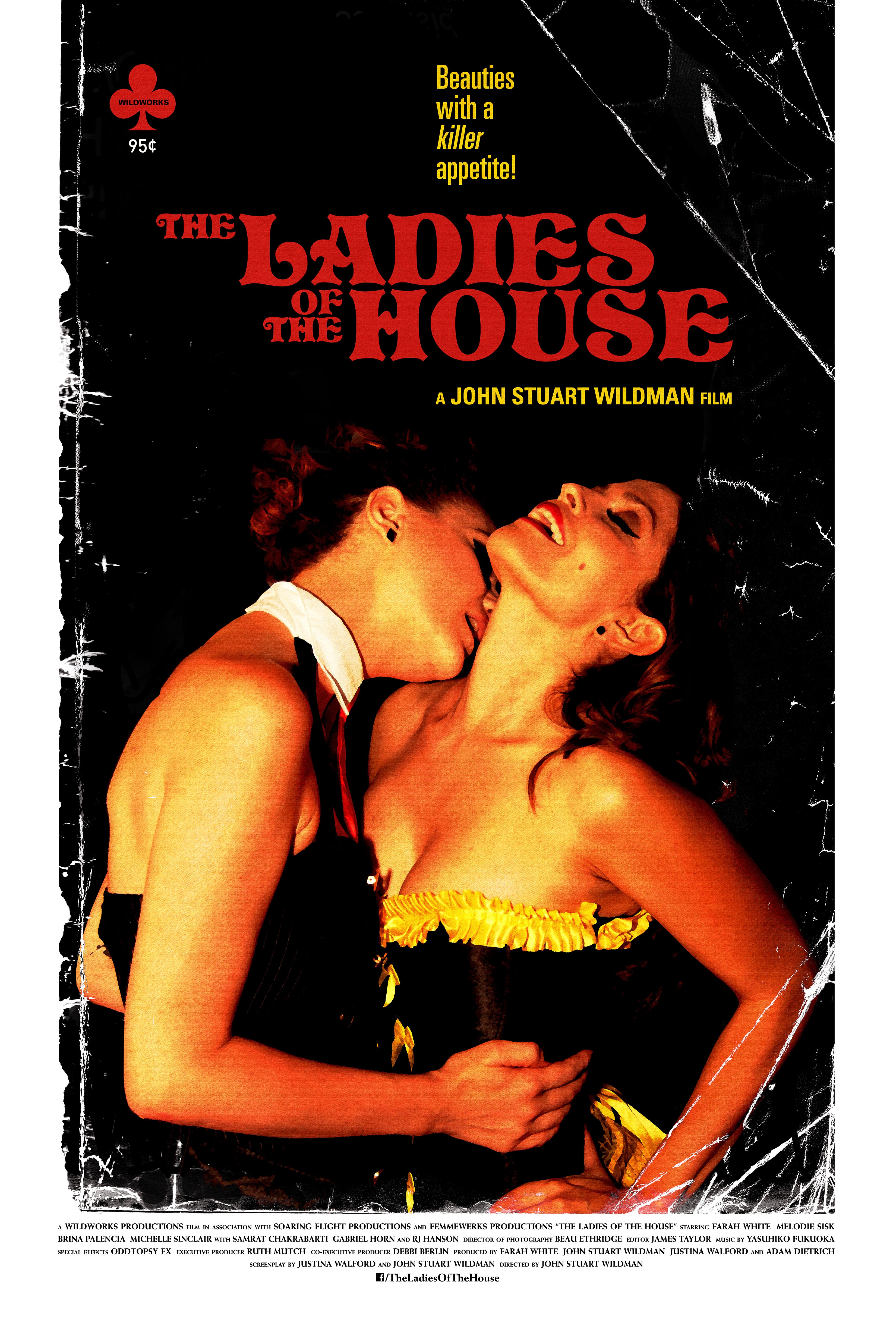Olivier Assayas is a vulgar artist (not to be confused with a vulgar auteur). His films work within a realism that leans into a refined yet, frankly, embarrassing intimacy with the audience. They are elegant works and their elements crude. Modern notions of realism labor to portray life’s inherent violence with grit, but Assayas is more interested in finding the truth, not in life’s grime, but in its softness, its common minutiae. This predilection often lends to a dislocating, winking silliness. As Assayas complicates the elegant with the vulgar, he crafts a universally modish cinema that equally enchants and disillusions.
For instance, where many filmmakers will just shoot a scene of someone conducting a basic internet search, in 2015’s Clouds of Sils Maria, Assayas scripts Juliette Binoche and Kristen Stewart in conversation about “Googling”—artifice of elegance emphasized by the common, creating a illusory surface of the unrefined. Clouds also features a scene from a film-within-the-film with Chloë Grace-Moretz (Binoche’s younger rival) in a garish version of an X-Men-like superhero film that plays as straight-faced as can be. This becomes a point of contention between Binoche and Stewart, an argument about the integrity of such a role/film. Assayas’ clever whims played as subtext in Clouds yet in his latest work that vulgarity becomes his pretext, his modus operandi.
Personal Shopper continues his alchemy of the elegant divine and the vulgarity of the common as it does his collaboration with the inimitable Kristen Stewart. This mesmerizing relationship deepens with this newest film as Stewart, the 21st century androgynous Brando, now takes the lead role. Her Maureen lives in Paris as a personal shopper to the wealthy socialite Kira. The film follows her as she goes from one couture boutique to the next, purchasing luxury that she can only feel yet not partake in. But the film begins on another note: she’s remained in Paris to receive a sign of passage from her deceased twin brother. Louis has died recently of a heart defect, which she shares, and she visits the house he was renovating to receive a message from the other side. They are mediums and agreed that whoever died first would send a signal of passage from the afterlife to the one living.
This journey of grief, as Maureen seeks to reconcile this personal loss with an uncertain future, is explored initially by way of a ghost story. As she navigates the house at night, waiting, sulking in its dark, dank rooms, she asks Louis for signs but is never satisfied when they come. Not by the water running on its own or the cross etched into the wall above the stairs or when she encounters an actual ghost. The ghost doesn’t reveal itself as Louis or any other (though it looks female); it seems it’s not whom she’s waiting for.
Herein is a prime example of Assayas’ vulgarity: the supernatural isn’t elided but inserted into the text as one with material reality. While it shakes Maureen, it still occurs as a plausible incident, one reinforced not only by the cinematic portrayal but by the community in which Maureen seeks solace. Her widowed sister-in-law and friends take her words at face value, that she has seen a ghost (Louis or not, who knows) and that the supernatural can visibly penetrate physical reality. The crudeness is heightened by the script when Maureen tells her sister-in-law how the ghost vomited out ectoplasm then vanished. To say those words—“vomited out ectoplasm”—with the earnestness Stewart commands is a moment to applaud and to have them function as a reality in this world and not just a projection of Maureen’s addled psyche is bold.
This paranormal encounter gives way to the film’s back half, a thriller centered around an anonymous messenger. She begins receiving enigmatic texts from someone who seems to know her, yet her isolation only has her believe that it’s Louis from beyond. The communicative relationship that Assayas posits between the paranormal and modern technology is astute. The advance of technology has made it so that speaking with one another can be done in complete isolation. We trust that the numbers we communicate with represent the person we are told they do. Messaging has its own jargon, syntax, cadence, and in cinema it can be a visual mode of communication that elevates the purity of the image over standard dialogue sequences. Texting is like waiting for communication from beyond. It’s personal, isolated, and intimate. It also yields to a new form of voyeurism within film: the penetrative invasiveness of peeking over another person’s shoulder to read her texts. Texting is a private affair, and in that sense is tied to the masturbatory: insulated, intimate, self-serving release.
Personal Shopper’s world is aestheticized as one where its every element is charged by a concoction of sexual, psychic, and supernatural energy. And Maureen navigates this environment with the aggression and anxiety of one caught in metaphysical flux. When she grips a leather belt in a store or fingers roughly through purses, the creasing, shifting textiles fill the aural landscape. An old door opening sounds like a house being lifted from its foundations. When Maureen zips tight a harness around her torso, she sighs as in orgasmic relief. There is no separation of dimensions; all realities are fully present within one another.
As her messenger asks about her fears and desires, questioning if she longs to be someone else, Maureen is shaken by the communication. Her grief impedes her judgment and she wonders if this could be Louis. The texts eventually become a safe place for her to navigate her own state of being. “Do you want to be someone else?” asks the stranger, and thus she is lead to Kira’s closet. All the clothes she has bought, the world she has worked tirelessly to order for another, tempts her. She herself is a ghost, looking to clothe herself in whatever fabrics will make her flesh again. (There’s a beautiful, dreamy sequence in Kira’s apartment set to Marlene Dietrich’s “Das Hobellied” with Maureen trying on a harness-dress that melds Assayas’ vulgar tendencies with the delicacy of the film’s themes.)
Stewart’s work here is the crowning achievement of the film. As a performer, she personifies all the cinematic notions Assayas is concerned with. Her neurotic, impulsive line readings and anxious facial and hand tics mixed with her effortless coolness and ethereal beauty converge into a crude purity that has her constantly reckoning with her persona and the modern age all at once. She upsets notions of audience stability with her rawness. Watching her perform is at once embarrassing and awe-inspiring. Embarrassing because she taps into and embodies the discomfiting realism at the film’s heart; it doesn’t sit easily with viewers because it feels cut from our very own reality. Without Stewart, Assayas’ vulgarity would just be silly and trite. She is the place where all these themes and notions and preoccupations converge.

“She personifies all the cinematic notions Assayas is concerned with.” Kristen Stewart in PERSONAL SHOPPER
The text messaging thriller culminates in a finale that involves the murder of someone close to Maureen and a literally dislocating epilogue that has her still searching for Louis—or maybe herself. There’s no way to provide an adequate synopsis because all things lead into the other, and every one of them is full to the brim with meaning. All in all, Personal Shopper is an amorphous work, adhering to no one genre or story but fluidly travelling through them all. It’s a film found in being experienced because it’s meant to embarrass and puzzle and possess the viewer. Grief and desire are intermingled, and they are equally intimate and vulgar creatures that can make ghosts out of the humans they ravage.













READER COMMENTS